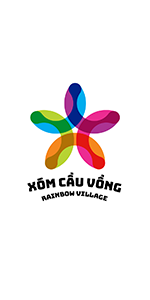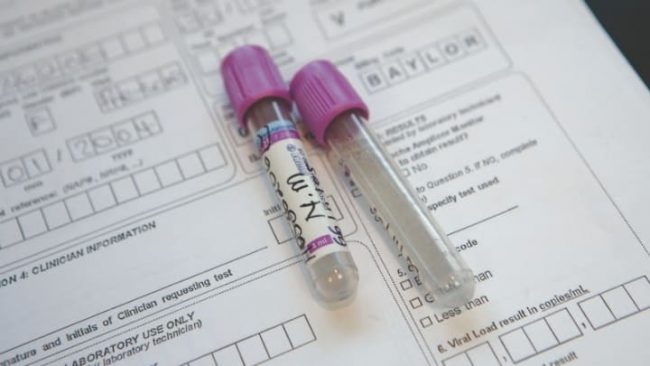In just six months, the virus that causes COVID-19 has spread around the world, infected over 5 million people, and exacted devastating public health and economic tolls that are only just beginning. Unprecedented efforts to accelerate the development of a vaccine for the virus underscore the urgency of this public health crisis.
We have the benefit of history to provide a clear vision of what must happen with COVID-19. We stand on the shoulders of giants in the fight against HIV who never took “no” for an answer: advocates who demanded a vaccine because they knew their lives depended on it. At the same time, they acted as if a vaccine would never arrive, thereby accelerating the development and delivery of safe and effective treatment and prevention options that have had a dramatic impact on the HIV epidemic.
Since the coronavirus crisis began, we’ve seen Gregg Gonsalves and other advocates who honed their craft advocating for HIV solutions reemerge and lead the charge. And earlier this month, the New York-based organization PrEP4All, which was founded to increase access to HIV medication, issued a report calling for research and development for coronavirus prevention options.
As we know so well from over 40 years of experience in the HIV response, developing and delivering prevention and treatment options at scale is essential to containing an epidemic. But no durable and sustainable end to any epidemic is possible without a vaccine.
Today — just months into this pandemic — there are already over 100 COVID-19 vaccine candidates in the product development pipeline. While the scientific reality is that the majority of these candidates will fail in the early stages, the sheer volume of products is evidence of the global commitment to combating this virus.
This is also another example of where we are drawing on the decades of research and hard-won progress in the field of HIV/AIDS. A recently launched report explored HIV vaccine platforms that are helping accelerate the drive for coronavirus vaccine development and are key priorities for an effective response to this pandemic. Many of the platforms, research partnerships, and clinical trial capacities used in COVID-19 vaccine research were developed as part of the effort to find a preventive HIV vaccine.
To winnow down the coronavirus vaccine pipeline to probable winners, global collaboration, harmonized efficacy trials, and data-sharing are key. We are already seeing tremendous political leadership, such as the Coronavirus Global Response, the recent European fundraising effort that received more than $8 billion in pledges. This also includes the Joint United Nations Programme on HIV/AIDS’ call for a “people’s vaccine,” with more than 140 world leaders and experts demanding that vaccines, treatments, and tests be “patent-free, mass produced, distributed fairly and made available to all people, in all countries, free of charge.”
The U.S. has a history of leadership in vaccine development and a particularly important role to play in the global response. The Dale and Betty Bumpers Vaccine Research Center, or VRC — originally established at the National Institutes of Health in 1997 by then-President Bill Clinton to accelerate the development of an HIV vaccine — is taking a leading role in developing promising COVID-19 vaccine candidates and getting them into clinical trials. In May, NIH leaders, including VRC and the HIV Vaccine Trials Network, published a strategic approach to coronavirus vaccine R&D.
Then came the announcement of Operation Warp Speed by the administration of President Donald Trump, with the wildly ambitious goal to deliver the 300 million doses of a vaccine by January 2021. While the specific details for the plan have yet to be released, it is being positioned as a unilateral effort, ignoring possible vaccine candidates from China and reserving the end product for Americans. This is a mistake; global health, not nationalism, must drive vaccine development and the overall COVID-19 response.
Whether there is a vaccine in time for the new year, or in 18 months, or ever, collaboration across countries, disciplines, and disease areas will be crucial to the success of this effort. It is also critical that coronavirus R&D reflects the realities of people’s lives and that products and strategies developed to combat COVID-19 are informed by and will be accepted and used by the communities at greatest risk — the elderly, health care workers, and those with underlying conditions.
To ensure that product development success becomes public health victory, massive public, private, and philanthropic investment globally is needed to accelerate the science; communities must be engaged to both accelerate research and ensure eventual uptake; and equitable access must be the highest priority.
While some groups appear harder-hit by COVID-19, everyone on the planet will potentially need this vaccine. Policymakers, private industry, donors, regulators, the World Health Organization, Gavi, and others must work to ensure rapid access to all who need new interventions. In April 1955, when journalist Edward R. Murrow asked researcher Jonas Salk who owned the patent for the polio vaccine, Salk said: “Well, the people, I would say. There is no patent. Could you patent the sun?”
Source: Devex


Like!! Thank you for publishing this awesome article.